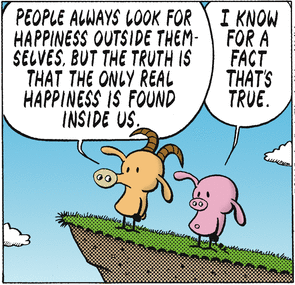I admit it, when a sentence begins with “studies show …” I get hooked every time. I read right to the end. What did the study show? Do I believe the results? Hey, who am I to judge? Why do I even care? Hmmm.
Here are links to two recent studies on the effects of meditation, one that addresses the extremely serious problem of depression, and the other, well, you make up your own mind how serious this is.
Study Suggests Meditation May Lead To Relief From Depression, Pain (posted January 7, 2014). “A new study from Johns Hopkins University suggests that mindfulness meditation can improve anxiety and depression along with reducing pain. The study, published in the journal JAMA Internal Medicine, included 47 different trials involving 3,515 different people. Results showed that the meditation had small but positive effects on pain, anxiety and depression.” read more
You Are Not Your Chocolate Cravings (posted March 22, 2014). “A new study by Canadian researchers says that mindfulness can reduce chocolate cravings. Lead study author Julien Lacaille, a psychologist at McGill University in Quebec, told Reuters that practicing mindfulness meditation, which emphasizes identifying and distancing oneself from certain thoughts — without judging them — weakened chocolate cravings among people with a self-declared sweet tooth.” read more

